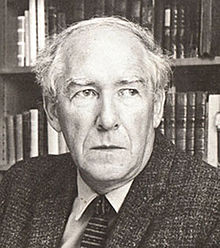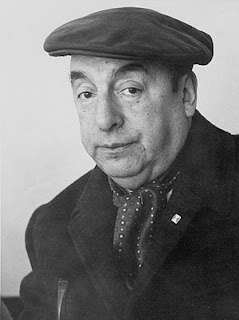Poem & Analysis of Sonnet 116 by William Shakespeare
POEM
Let Me Not To The Marriage of True Minds (Sonnet 116)
William Shakespeare, 1564 - 1616
Let me not to the marriage of true minds
Admit impediments. Love is not love
Or bends with the remover to remove:
Which alters when it alteration finds,
O, no! it is an ever-fixed mark,
It is the star to every wandering bark,
That looks on tempests and is never shaken;
Whose worth’s unknown, although his height be taken.
Love alters not with his brief hours and weeks,
Love ’s not Time’s fool, though rosy lips and cheeks
Within his bending sickle’s compass come;
I never writ, nor no man ever lov’d.
But bears it out even to the edge of doom.
If this be error, and upon me prov’d,
ANALYSIS
SHAKESPEARE’S VISION OF LOVE
The poem 'Let Me not to the Marriage of True Minds' is a regular English sonnet which is written by the famous poet William Shakespeare. It is a regular English sonnet arranged in three quatrains and a concluding couplet. It was published in 1609. Its structure and form are a typical example of a Shakespearean sonnet. This sonnet has a rhyme scheme of ababcdcdefefgg.
In sonnet 116 the poet dramatizes the nature of love, not lust or ordinary affection but abiding love that he declares is the marriage of true minds that time’s fickleness cannot destroy.
The main theme of the poem is the immeasurable, immortal and infinite power of love.
In the first quatrain, the poet describes the significance of love, undestructive quality of love. It is distinct and different from lust or sensuality. The poet does not admit impediments into the marriage of true minds. True love is the marriage of true minds. Two minds united in love never change their loyalty to each other. Love does not bend to remove from the remover.
The second quatrain begins with the exclamation ‘O No' reinforces the steadfastness and infrangibility of love. It is an ever-fixed mark even the tempests cannot shake. True love is a guiding star to every' wondering bark'. True love gives proper direction to anyone who is an aimless wanderer.
In the last quatrain, the poet describes the time-transcending aspect of true love. The poet says that 'love is not time's fool'. Here he personifies the power of time. It means that love is not under the control of time. True love is beyond the power of time. Everything in the world is under the spell of time. Even the 'Rosy lips and cheeks' are under the control of time. Love alters not with its brief hours and weeks. True love 'bears’ ‘it out even to the edge of doom.
In the couplet, the poet asserts the nature of true love once again. If anyone disapproves of the argument, no man ever wrote, no man ever loved. But people continue to love and continue to write which is the indication of imperishable quality of love.
The sonnet 116 is a superb example of the artistic craftsmanship. The poem asserts that true love exists beyond all impediments. It is a great power which lives beyond time. This is an indication that true love exists beyond all impediments. True love is always imperishable.
Salma Tabassum
2nd Yr. B.A. (HEE)
Sahyadri Arts College
Shivamogga




Comments
Post a Comment